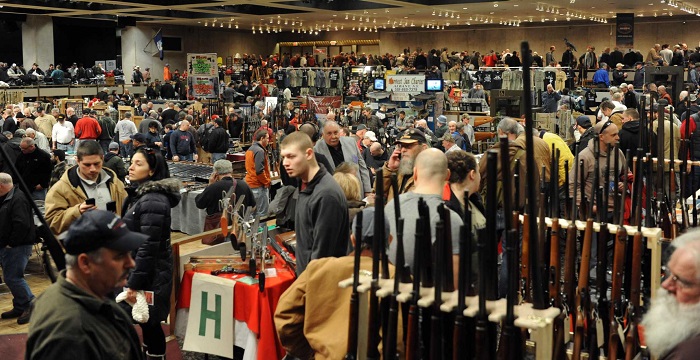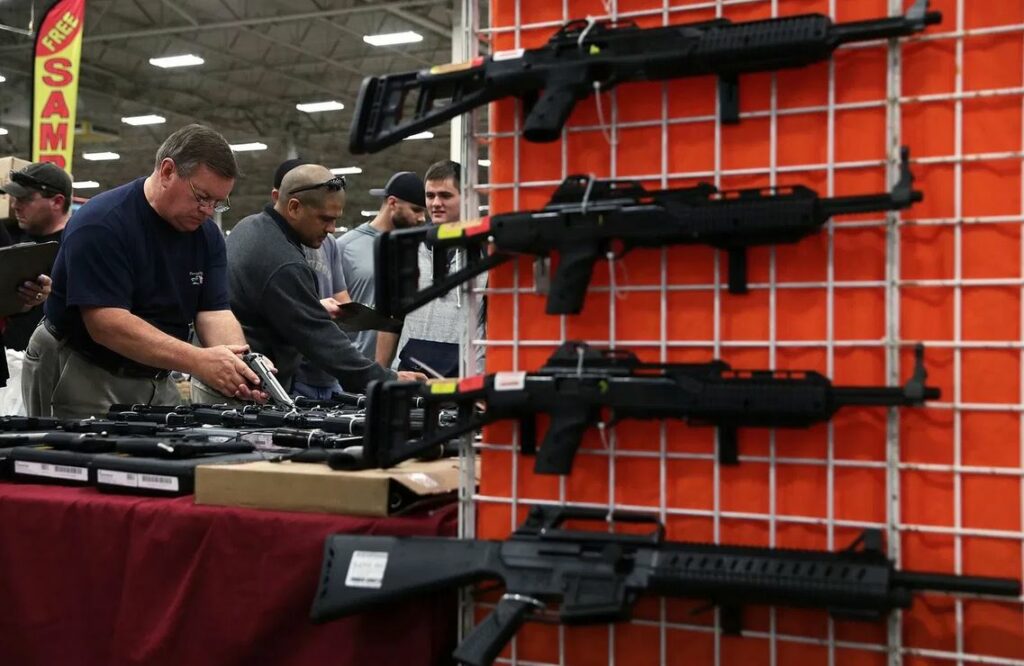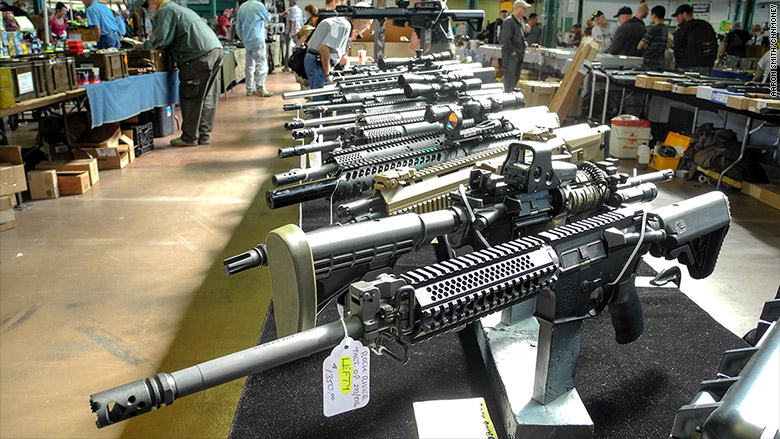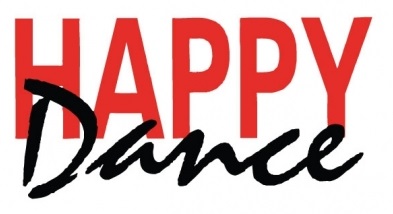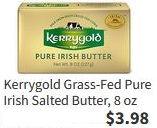The above title does not stand for “Big Fucking Deal”, although given the average tenor of this website, you may be forgiven for thinking so.
In the grocery retailing business, BFD stands for “Best Food Day”; that day of the week when grocery stores launch their weekly price discounts on selected items.
The actual day varies from chain to chain, or from one area to another. Back when I was in the business, one chain’s BFD was on Thursdays, when they dropped their weekly flyer (called a “roto” because of the printing process); their competitor’s might be on a Friday to capitalize on the weekend’s expected sales uptick, and yet another competitor — whose typical shopper might trend towards an elder demographic — might have their BFD the day after Social Security payments were made… and so on.
Nowadays, I think the BFD concept might have disappeared to a greater or lesser degree because of changes in shopping habits by customers, whether online, delivery, at-store pickup and Internet deals.
I’ve certainly noticed this at Kroger — where I do perhaps 90% of my shopping — because not only have they de-emphasized the roto (the price deals aren’t as aggressive as they once were), there also seems to be a large number of Internet-delivered promotions that you have to visit their website to activate. And of course, there are the “loyalty card-only” deals which are their way of tracking customer shopping habits (I think; I haven’t seen much in the way of targeted deals the way I used to deliver them — a topic for another time).
In case anyone’s interested about the other 10% of my grocery shopping, it’s split between Market Street (a Texas chain, owned by Albertson’s) and Wal-Mart, both only for very specific items (e.g. Market Street’s French baguettes and rolls, which are superb and rival the baguettes I tasted in Paris).
Side note: when I still lived in Plano, I shopped a lot at Central Market (H.E.B.’s upscale outlet), but they saw fit to discontinue several of my favorite products which they carried exclusively — e.g. Old Forest Salami and Jambon de Paris sliced ham — so there’s no need to go there anymore. And in any event, their prices were stratospheric before, but since Bidenflation have become frankly unreachable to One Of Fixed Income Like Me. Also, their South Plano store is now too far from my place to justify the long trip, so there ya go.
By the way, I see that eggs are now selling for $3.99/dozen at Kroger — by “eggs” I mean eggs that we peasants generally eat and not the boutique premium stuff hatched in coops run by virgins and laid by hens sprinkled with holy water. Limit 2 packs per customer, but not enforced if you buy two packs, take your groceries out to the car and then go back into the store and buy another two, etc. (Once again, I used to enforce limits by putting a stop on the loyalty card daily quantities.) Although I cannot see who would need more than two dozen eggs per day unless you have four teenage sons and/or are running a commercial home bakery as a sideline.
I forgot where I was going with this post, but I assure you there was a point to all of it — I just can’t remember what it was. If I do remember (doubtful), I’ll follow up some other time.

